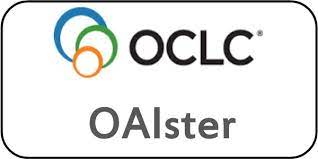Post-Traumatic Renal Artery Pseudoaneurysm Managed Successfully with Angioembolization
DOI:
https://doi.org/10.59793/ijcp.v34i9.776Keywords:
Delayed hematuria,, blunt renal trauma,, minimally invasive techniqueAbstract
Renal artery pseudoaneurysm is a rare complication of blunt renal trauma. Super-selective angioembolization is a
minimally invasive, effective procedure to manage traumatic renal artery pseudoaneurysm, in patients who are hemodynamically
stable. We report our experience in the management of patients with post-traumatic bleeding pseudoaneurysm with
angioembolization. Materials and methods: We retrospectively reviewed the inpatient and outpatient records and imaging
data of our hospital, of all patients with history of blunt injury to kidneys, admitted with massive hematuria and underwent
angioembolization to control the bleeding. Results: During the study period, 3 patients (all male) with a mean age of 26.66 years
presented to us with blunt injury abdomen. Contrast computed tomography (CT) revealed Grade IV renal injury in 2 patients
and Grade V injury in 1 patient. Focal intensively enhancing areas were noted at the site of renal parenchymal lacerations
suggestive of pseudoaneurysms. Super-selective catheterization was performed and embolization done using 50% N-butyl-2-
cyanoacrylate (NBCA) + Lipiodol. Conclusions: Angioembolization, a radiographic intervention, is an effective and minimally
invasive technique to stop active bleeding from renal artery pseudoaneurysms.
Downloads
Published
Issue
Section
License
All open access articles published in IJCP are distributed under the terms of the CC BY-NC 4.0 license (Creative Commons Attribution-Non-Commercial 4.0 International Public License). This license permits unrestricted use, distribution, and reproduction of the articles in any medium for non-commercial purposes, provided that: The original authorship is properly and fully attributed. The IJCP is cited as the original place of publication with correct citation details. If an original work is reproduced or disseminated in part or as a derivative work, this must be clearly indicated. No articles are reproduced for commercial use without prior consent from the IJCP. All licensing requests and permissions for commercial use will be managed by the Publisher.














